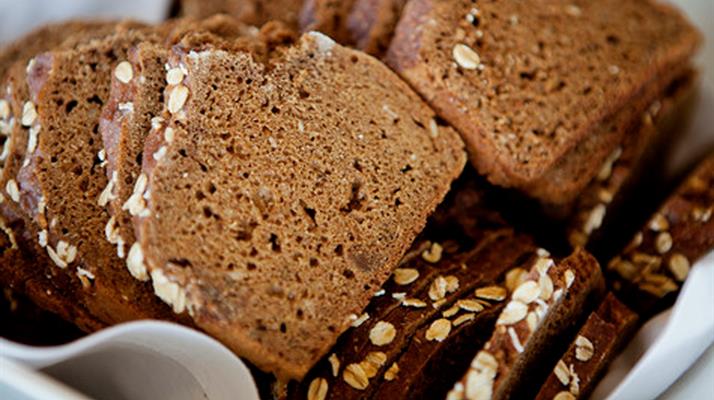
Facts
The EU politicians aim at making 2014 'The European
Year Against Food Waste'
Overview of food waste in Denmark in 2011:
A total of 540,000 tonnes food went to waste in Denmark in 2011. In money terms, it is divided as follows:
Waste from corn, flour and bread:
- Retail trade: DKK 150 million.
- Commercial kitchens DKK 110 million.
Waste from fruit and vegetables:
- Retail trade: DKK 428 million.
- Primary production: DKK 311 million.
Waste from milk, eggs and dairy produce:
- The food industry: DKK 202 million.
- Commercial kitchens: DKK 108 million.
Waste from meat:
- The food industry: DKK 411 million.
- Commercial kitchens: DKK 90 million.
- Retail trade: DKK 73 million.
Source: The Faculty of Agricultural Science at Aarhus University, the Department of Food and Resource Economics at Copenhagen University, The Danish Ministry of Food, Agriculture and Fisheries.
The process of food waste from bio tank to bio gas:
- 20 litres of food waste are poured into the bio tank's grinder and 7% of water is added to prevent it from turning into a solid mass.
- The ground food waste is transported through a tube to the bio tank's two containers which can hold eight cubic metres of food waste. This corresponds to eight tonnes of food waste.
- Once a month, the sludge extractor company Sydslam collects the food waste. The canteen in Gentofte has approximately eight tonnes of food waste every month*. This corresponds to 155 grams of food waste and coffee grounds per employee in Gentofte per day.
- The food waste is transported to the Hashøj biogas plant where it is bio-gasified and converted into electricity, heat and manure.
* One tonne of food waste is converted into approximately 1300 kilowatt hours and 130 cubic metres of methane gas. This means that the eight tonnes of food waste, which the canteen in Gentofte transports to the Hashøj biogas plant every month, corresponds to 10,500 kilowatt hours and 1,050 cubic metres of gas. The electricity consumption of an average household is approximately 5,180 kilowatt hours per year. The heat consumption of an average household is approximately 1,600 cubic metres of natural gas per year. The annual food waste from the canteen in Gentofte will be able to cover the annual electricity consumption of ten households and furthermore, the annual heat consumption of four households.